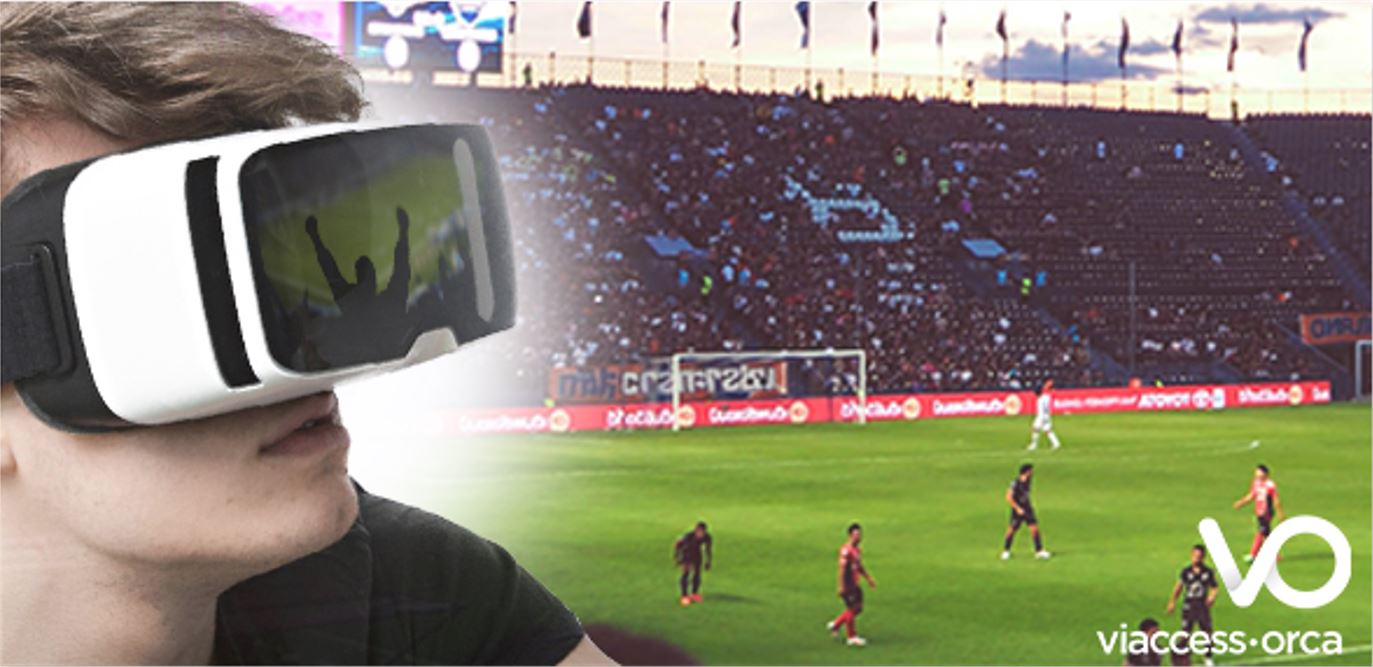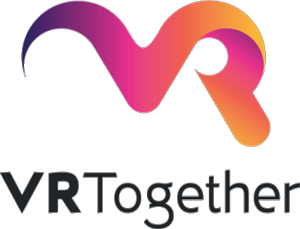
How VR can improve athlete performance?
At first glance VR and top-level sports may seem antithetical. VR is practiced in a relatively small space with a relative freedom of movement whereas the high-level athlete needs the opposite to perform. In this article, we will show you, on the contrary, how VR can significantly help improve an athlete’s performance.
Improve your individual technique
A VR environment can be used to significantly improve the individual technique of an athlete. VR allows to break down the technical gesture into sub-skills and thus to participate in adaptive learning and iterative correction of the gesture. A concrete example is the service for a tennis man. At first, the VR environment will focus on the intensity of the ball throwing in the vertical plane. Then, the concept of depth of the throw can be incorporated but without worrying about the grip of the racket. Then, the throwing gesture will be grafted, and so on.In a collective sport, the VR can also participate in the improvement of the individual technique of the athlete. By creating a virtual environment, the repetition of a duel between the real athlete and his virtual opponent will improve his judgment on the kinematic parameters of the opponent. The virtual environment can be configured to draw the athlete’s attention to the opponent’s parameter (s) to be observed in order to make the right decision. The virtual environment can also bring diversity to the duel by alternating, for example, between a right-handed virtual opponent and a left-handed one.
Repeat a collective sequence without any real partner
In the context of a team sport, the VR offers a reproducible and repetitive framework of real situations without mobilizing the whole team. So a goalkeeper in football can easily train alone on situations like corners, free kicks.In the same spirit, VR can allow a newcomer within a collective to quickly get into the game system without the presence of his teammates.
Improve the way you play together
Some situations of play in a team sport may lead two partners of the same team to a disagreement during an interception in a common area. Nobody intervenes thinking that it is the other who will intervene. Worse, the opposite case can lead both partners to collide.VR allows you to learn and play together without the risk of colliding. To improve the automatisms between 2 players, the VR allows 2 real sportsmen to share a same virtual environment but in very distinct physical spaces.
Play the way you train: Really?
Athletes can train at high intensity for as long and as often as they want. The training will never have the same psychological effect on the athlete as when he enters a stadium filled with 40 000 fans. Imagine the stress of the penalty shooter with 40,000 stares on him, the noise of the crowd, the expectation of his partners, the attempts at distraction by the opponent, the instructions of the referee,…Only an immersive VR experience that replicates the situation can lead the athlete to train and control this stress.
Injured player: Infirmary and what else?
During a period of injury, while the body is at rest, the athlete can continue, with the help of the VR, to maintain or even to improve the cognitive capacities associated with his sport through sensory-motor activity available in VR.
What’s next?
VR is already used by many athletes or teams of top athletes to optimize their performance. However, significant technical advances are expected in the coming years to allow a more general adoption of VR in the sporting world.
- Artificial intelligence and machine learning should help build more creative and responsive virtual adversaries.
- The latency must almost disappear to open the field of possibilities in terms of training sessions.
- A photo-realistic representation of the athlete’s body and not an avatar is necessary to go even further in improving the motricity of the athlete.
These technical challenges are essential elements that the VRTogether project tries to answer.
Author: Patrice Angot, Viaccess-Orca
Come and follow us in this VR journey with i2CAT, CWI, TNO, CERTH, Artanim, Viaccess-Orca, Entropy Studio and Motion Spell.

This project has been funded by the European Commission as part of the H2020 program, under the grant agreement 762111.








